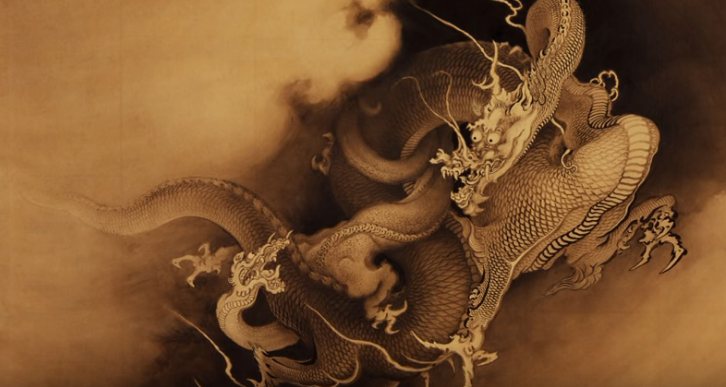
A team of Chinese archaeologists who took part in a joint excavation project in Mongolia was shocked to find two finely-carved golden-silver dragons among the artefacts as Mongolian mythology is not famous for dragons, except for some passing references.
It was usually the Tibetan mythology that has dragons and, of course, a few Mongolian folktales based on Tibetan folktales do include dragons and Mongolia's calendar, based on the Tibetan calendar, includes a "Year of the Dragon."
The mythical Chinese dragon is known as the legendary creatures in Chinese mythology, Chinese folklore, and East Asian culture.
The excavation project on the tombs of Xiongnu aristocrats in Mongolia, which has entered its third year, included Chinese and Mongolian archaeologists working on one of the 400 tombs, numbered M189, when they found the gilded silver dragons were unearthed.
Xinhua reported that Lan Wanli, who led the Chinese archaeological team stated that when they analysed these two dragons they came to know that both of them are eight centimetre in length "with a gesture looking back to its vertical tail, bear obvious characteristics of the Western Han Dynasty (206 B.C.-A.D. 25)."
After this finding, the researchers were surprised to see the details of the dragon horns, eyes, the structure of their teeth and feathers. Experts claimed that these newly found artefacts could be the ornaments attached to a decorative vessel.
Lan explained that the finding of these two dragons has become a sign to the cultural exchange and interaction between the prairie in the north and central China. As per the researcher, it also indicates that the owner of the tomb had a high status in ancient Mongol society.
He also noted that the Mongolian tomb predates most of the previously found Xiongnu aristocratic tombs in Russia and Mongolia.
Lan explained that the bottom of the coffin was covered with a layer of fabric, unhusked millet, with a small amount of chenopodium, which was also covered with a kind of fabric "followed by a layer of unhusked millet and a large amount of sawdust, mixed with small pieces of charcoal and chenopodium, and another layer of fabric."
From the excavation site, the team also discovered a jade belt hook, wooden cups, leather horse harness and other household utensils, chariots and weapons from the tomb. In addition, Lan said that such an arrangement was found for the first time in the tombs of Xiongnu aristocrats.
Who were the Xiongnu?
As per the historians they were nomadic pastoral people who used to live north and northwest of China during the Qin and Han period. They formed a great tribal league that was able to dominate much of Central Asia for more than 500 years.
Xiongnu Empire was the first of its kind on the Eurasian steppe and serves as a prototype of sorts for the many empires to follow, including that of the Mongols.









